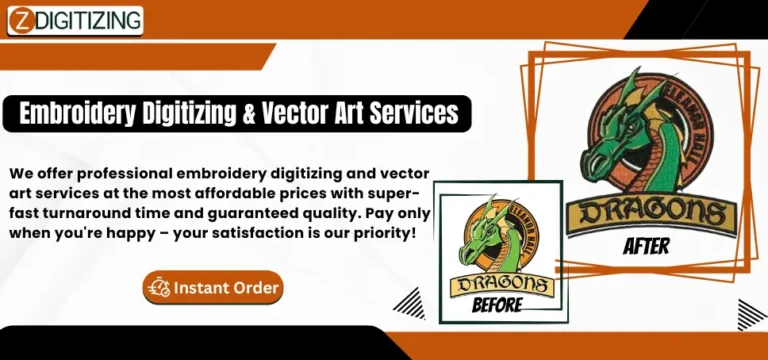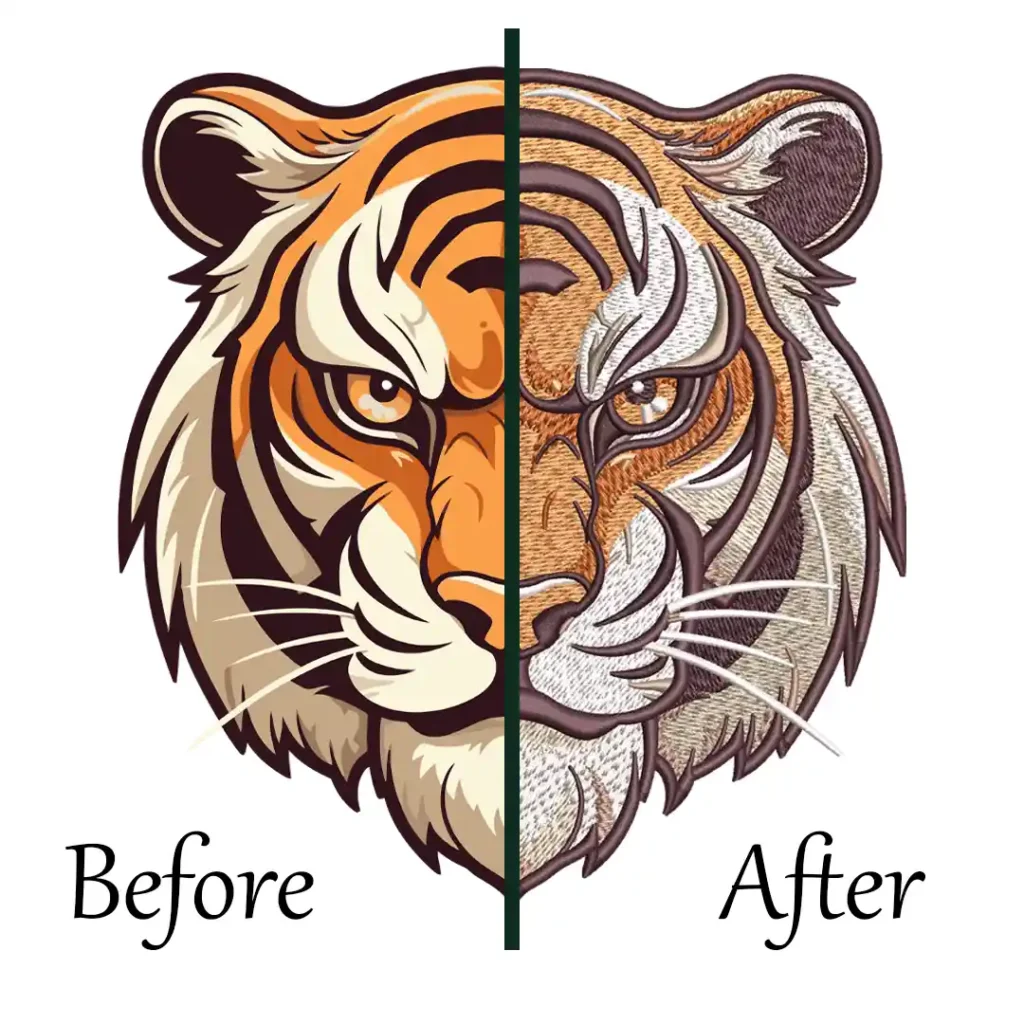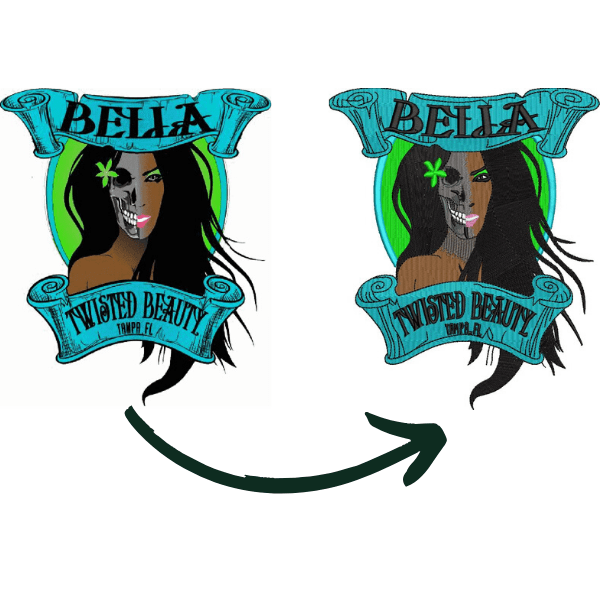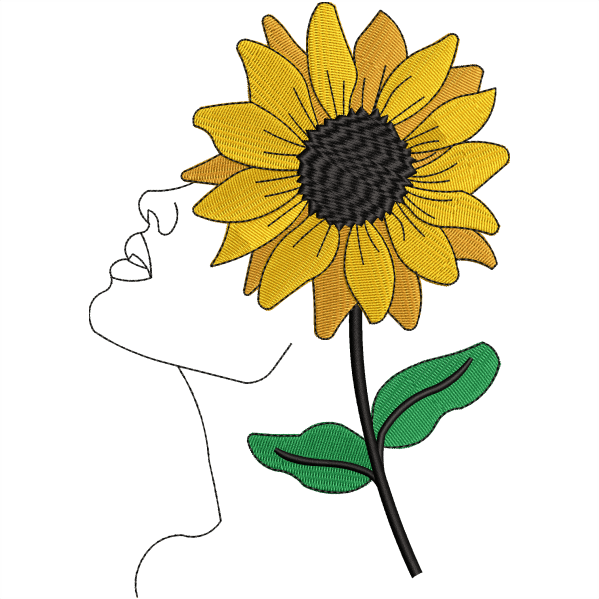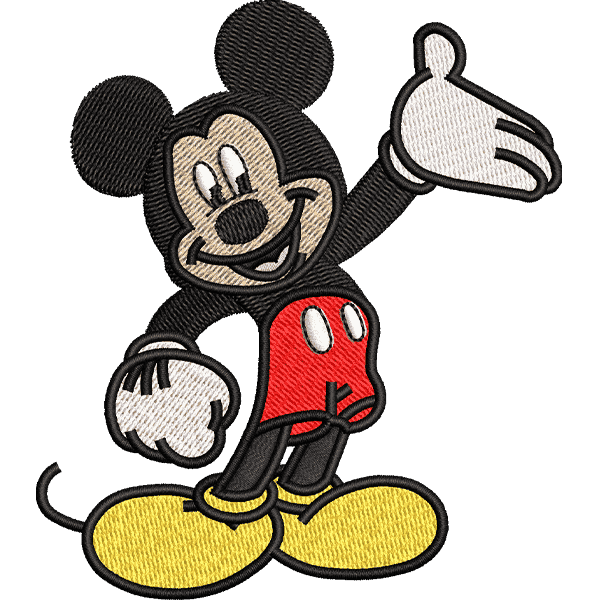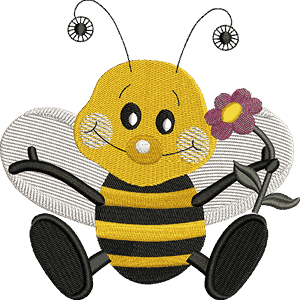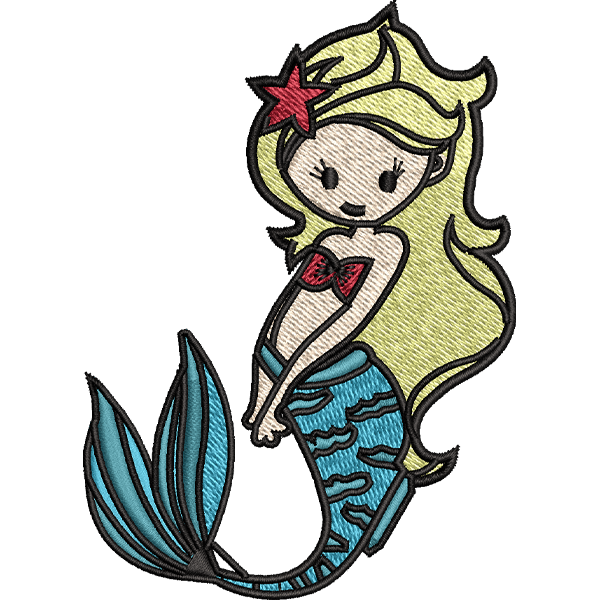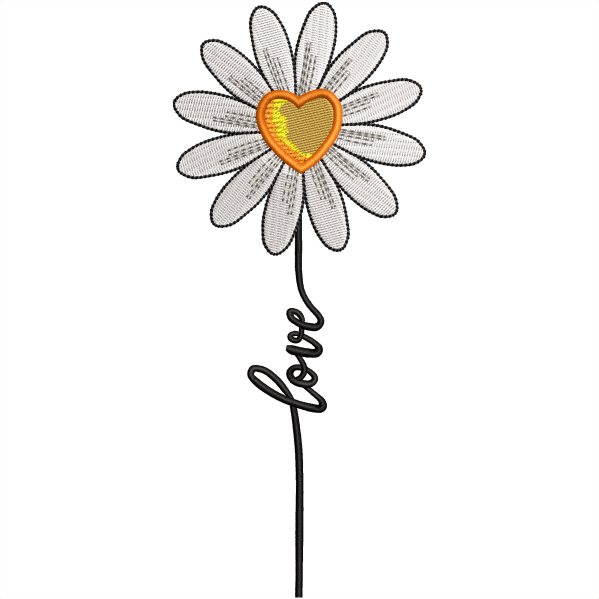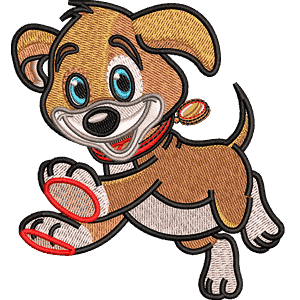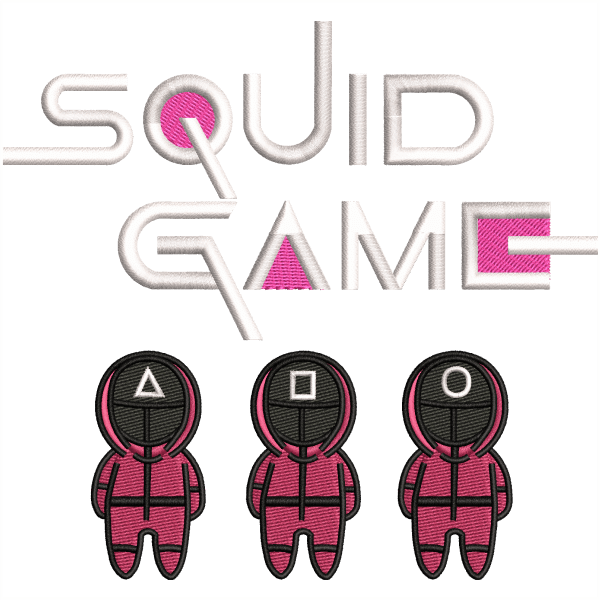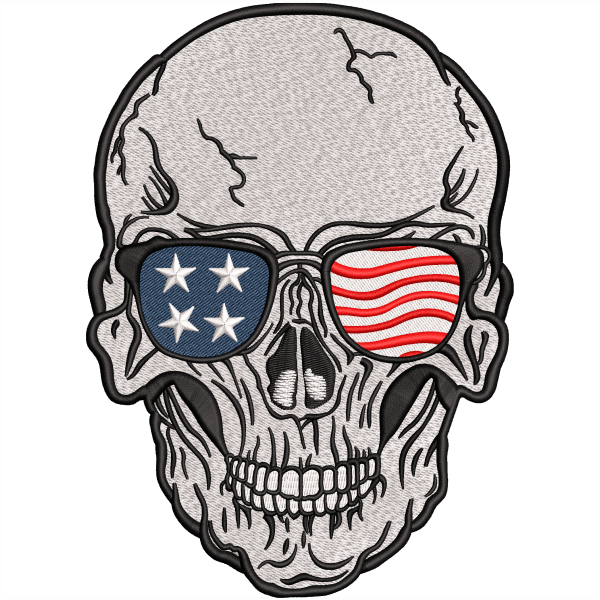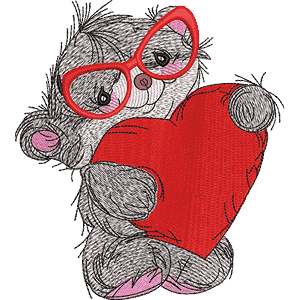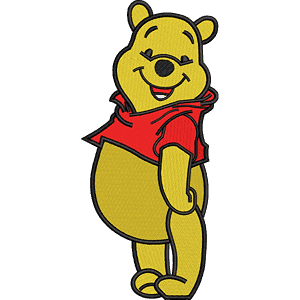Thinking about buying an embroidery machine but not sure if a single needle vs multi needle embroidery machine is right for you? Let me help you out! Single needle machines are simple, beginner-friendly, and great for personal projects. On the other hand, multi-needle machines are built for speed and can handle complex designs, making them perfect for professionals or businesses.
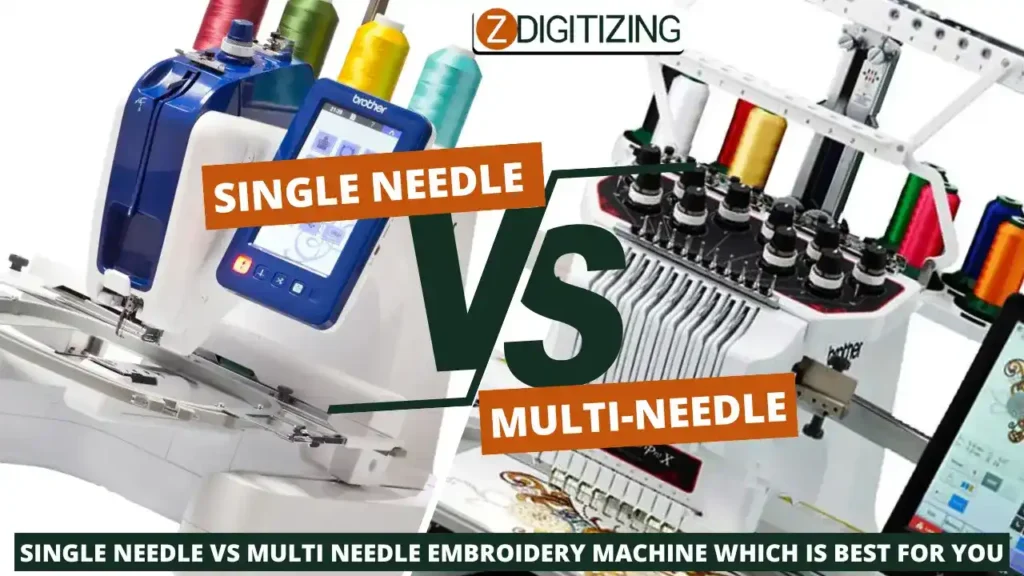
In this article, I’ll break down the differences, so you can choose the machine that matches your needs. Whether you’re a hobbyist or running a business, you’ll know exactly which one is the right fit by the end!
Single Needle Vs Multi Needle Embroidery Machine
Single Needle Embroidery Machines
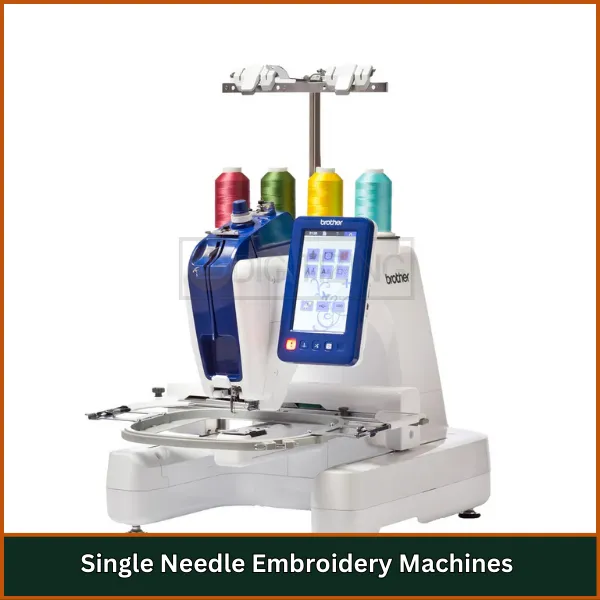
They are simple to use and a great choice for beginners or small business owners. They feature a single needle that handles all stitching but require manual thread changes for each color in a design.
These machines are compact, affordable, and work well for creating detailed designs on various fabrics, making them perfect for personal use or small-scale embroidery projects. Despite their simplicity, many models come with built-in designs, fonts, and USB connectivity for added versatility.
Key Features
- Single Needle Design : Allows for detailed embroidery work.
- Stitch Speed : Capable of stitching up to 1,000 stitches per minute.
- Embroidery Area : Generally features a moderate embroidery area, often around 200 x 200 mm.
- Built-in Patterns and Fonts : Includes multiple built-in designs and fonts for customization.
- USB Connectivity : Enables users to import their own designs easily.
- User-Friendly Interface : Often equipped with a color LCD touch screen for easy navigation and design editing.
5 Best Single Needle Embroidery Machines
If you’re looking for the best embroidery machine for home use , single needle machines are a great choice. They are easy to use, budget-friendly, and perfect for personal embroidery projects.
Machine Model | Key Features | Price Range |
Brother VR | 1,000 SPM, 405 patterns, USB ports, 200 x 200 mm | Approx. $5,000 |
Brother PR1 | 1,000 SPM, 495 patterns, color sorting, 300 x 200 mm | Approx. $5,800 |
Brother Persona PRS100 | Free arm design, 405 patterns, vertical bobbin | Approx. $3,500 |
Jingtian Single Needle Machine | Up to 3,000 rpm speed, automatic thread trimmer | Approx. $2,500 |
SS Creations Single Needle Machine | Various worktable sizes, automatic operation | Approx. $2,000 |
Pros and Cons of Single Needle Embroidery Machines
They come with their own set of advantages and disadvantages, making them suitable for specific needs and users.
Pros
- Cost-Effective : Generally more affordable than multi-needle machines.
- User-Friendly : Easier to operate for beginners.
- Lower Maintenance : Fewer parts mean less maintenance hassle.
Cons
- Limited Color Options : You can only use one thread color at a time.
- Slower Production Speed : It takes longer to complete multi-color designs.
- Smaller Embroidery Area : Limited space for larger projects.
Multi Needle Embroidery Machines
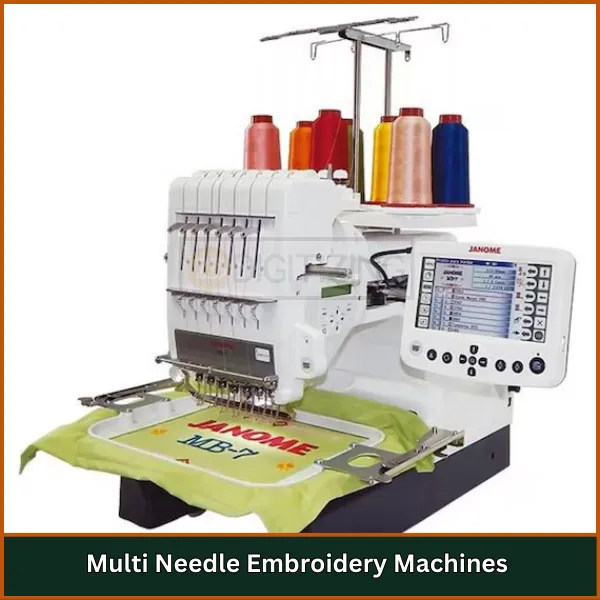
They are advanced and built for efficiency and precision. With 4 to 16 needles, they can handle multiple thread colors at the same time, eliminating the need for manual thread changes. This makes the embroidery process much faster and perfect for intricate designs with lots of colors.
These machines are great for both hobbyists wanting to create professional-quality work and businesses handling large orders.
They come with features like automatic color changes, large embroidery areas, and high stitching speeds, making them ideal for tackling detailed and high-volume embroidery projects efficiently.
Key Features
- Multiple Needles: Typically equipped with 4 to 16 needles, allowing multiple thread colors to be used at once.
- High-Speed Embroidery: Can stitch at speeds of 400 to 1,000 stitches per minute.
- Large Embroidery Area: Provides ample workspace for large designs or multiple smaller designs in one setup.
- Automatic Color Changes: Switches threads automatically between needles.
- User-Friendly Interface: Features intuitive controls and touchscreens for easy operation.
- Built-In Designs and Fonts: Includes pre-installed designs and fonts for quick access.
- USB Connectivity: Allows easy transfer of custom designs via USB.
- Automatic Thread Trimming: Cuts threads automatically during color changes, saving time.
5 Best Multi-Needle Embroidery Machines
Machine Model | Key Features | Price Range |
Brother PR1050X | 10 needles, 1,050 SPM, large embroidery area | Approx. $8,500 |
Baby Lock Alliance | 10 needles, automatic thread trimming, user-friendly | Approx. $6,500 |
Janome MB-7 | 7 needles, built-in designs, high-speed capability | Approx. $5,000 |
Bernina E 16 | 16 needles, large embroidery area, precision control | Approx. $12,000 |
Avancé 1501C | 15 needles, high-speed stitching, customizable options | Approx. $9,000 |
Pros and Cons of Multi-Needle Embroidery Machines
These machines offer powerful features but also come with some challenges.
Pros
- High Production Speed: Projects are completed faster with multiple needles working simultaneously.
- Versatility: Easily handles complex designs with many colors without interruptions.
- Efficiency: Reduces downtime as thread changes are automated.
Cons
- Higher Cost: Significantly more expensive than single-needle machines.
- Complexity: Advanced features require more training to use effectively.
- Maintenance Needs: More components mean higher maintenance requirements.
Comparison of Single Needle vs Multi Needle Embroidery Machines
Understanding the single vs multi needle features is essential to choose the right embroidery machine. Each type of machine serves different needs and preferences, significantly impacting efficiency and project capabilities.
- Number of Needles
- Stitching Speed
- Color Change Mechanism
- Embroidery Area Size
- Cost
- Ease of Use
- Maintenance Requirements
- Project Suitability
1. Number of Needles
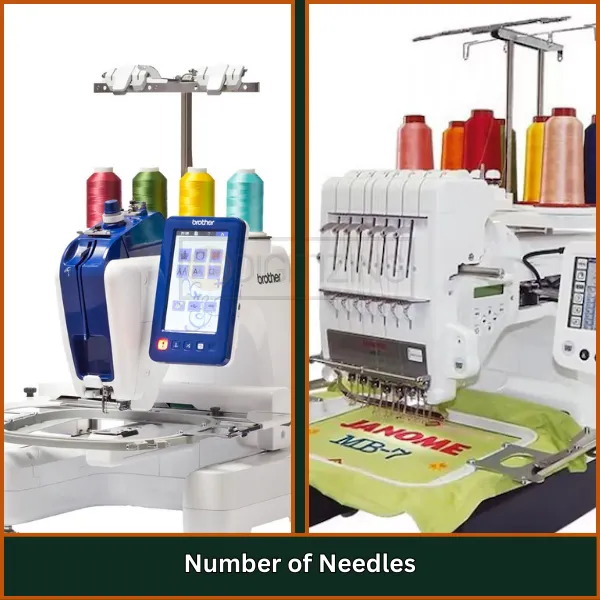
Single needle embroidery machines are equipped with only one needle, which limits their ability to use multiple thread colors simultaneously. This means that users must manually change the thread for each color in a design, making the process slower and more labor-intensive.
In contrast, multi-needle machines feature 4 to 16 needles, each capable of holding a different thread color.
This multi-thread capability significantly enhances the efficiency of the embroidery process and allows for more intricate and colorful designs without constant manual intervention.
2. Stitching Speed
Stitching speed is a major differentiator. Single needle machines typically stitch at 400 to 500 stitches per minute (SPM), making them slower but sufficient for smaller projects or casual use. Multi-needle machines operate at much higher speeds, often up to 1,200 SPM. This allows them to complete larger or more detailed projects in significantly less time, which is particularly beneficial for professionals or businesses handling bulk orders.
3. Color Change Mechanism
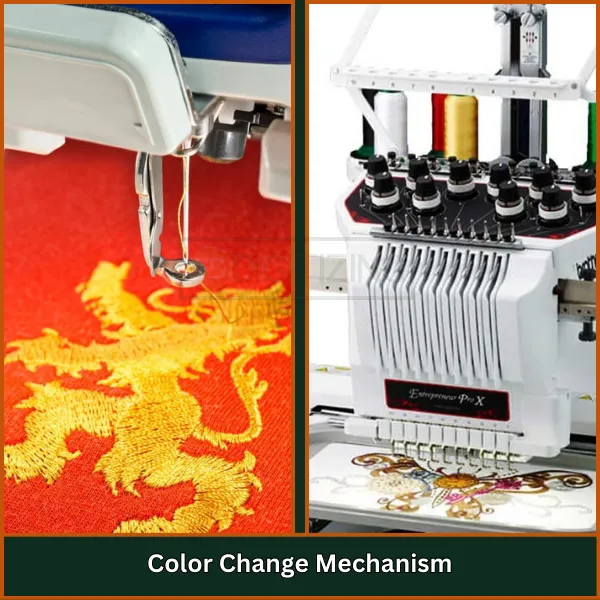
In an embroidery machine comparison, one of the most significant differences lies in how each machine handles color changes. Single needle machines require manual thread changes for each color in a design, which can slow down the process, especially for designs with multiple colors.
In contrast, multi-needle machines feature an automatic color change system, allowing the machine to switch between needles and colors seamlessly.
This feature saves time and minimizes user intervention during the embroidery process.
4. Embroidery Area Size
Single needle machines typically have smaller embroidery areas, ranging from 4×4 inches to 6×10 inches. These machines are well-suited for small projects like monograms, patches, or decorative details on clothing. Multi-needle machines, on the other hand, provide much larger embroidery areas, often exceeding 48×14 inches.
This makes them ideal for creating large designs, embroidering multiple items in one hooping, or tackling oversized projects like quilts or banners. The larger workspace of multi-needle machines is a key factor for commercial embroidery businesses.
5. Cost
Single needle machines are more affordable and accessible, with prices that cater to beginners and hobbyists. Multi-needle machines are significantly more expensive, reflecting their advanced capabilities and professional-grade performance. While the higher cost can be a barrier, it is often justified for commercial users who require efficiency and versatility.
6. Ease of Use
Single needle machines are simple and easy to operate, making them ideal for beginners or those just getting into embroidery. Their user-friendly interfaces and straightforward features mean less training is needed. Multi-needle machines, with their additional features and settings, can be more complex to learn and operate, requiring some experience or training to utilize them effectively.
7. Maintenance Requirements
Single needle machines have fewer moving parts, resulting in lower maintenance needs. This makes them easier to care for, especially for casual users. Multi-needle machines, with their additional components and advanced features, require regular maintenance and servicing to ensure smooth operation, which can add to the overall cost and effort of ownership.
8. Project Suitability
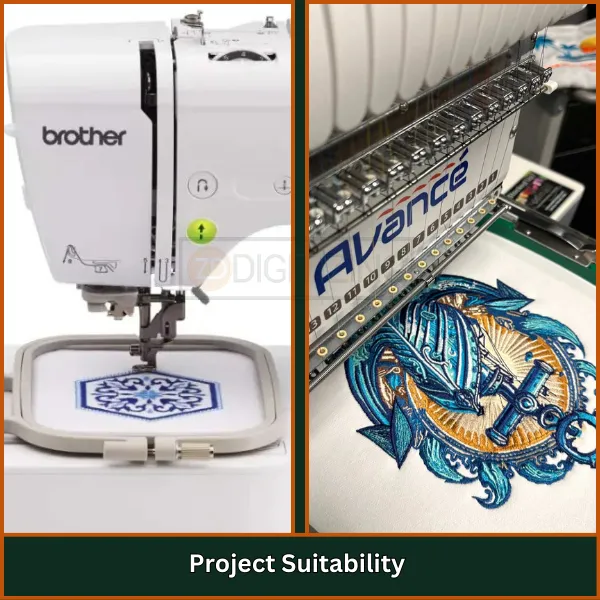
Single needle machines are well-suited for simple projects, small-scale tasks, and designs with fewer colors. They are a great option for personal use, hobbyists, or anyone looking for an embroidery machine for small business setups focusing on basic embroidery work.
Multi-needle machines, on the other hand, excel in handling larger, more complex projects or commercial applications where speed, efficiency, and working with multiple colors simultaneously are essential.
Choosing the Right Embroidery Machine (Single Needle vs Multi Needle Embroidery Machine)?
When deciding between a single and multi-needle embroidery machine, it’s essential to consider your specific needs, budget, and the type of projects you plan to undertake. Each type of machine offers unique advantages based on the scale, complexity, and frequency of your embroidery work.
Scenarios for Choosing Single Needle Machines
- Hobbyists and Beginners: Single needle machines are ideal for those new to embroidery, offering a gentle learning curve and the ability to master basic techniques easily.
- Small Projects: Perfect for creating simple designs, monograms, and small-scale custom embroidery work for personal use or small gifts.
- Limited Space: Their compact size makes them an excellent choice for home use, especially if you have limited workspace.
- Budget Constraints: A more affordable option, single needle machines are suitable for individuals or small businesses starting their embroidery journey without significant investment.
Scenarios for Choosing Multi-Needle Machines
- Commercial Use: Multi-needle machines are designed for businesses needing high efficiency, capable of handling larger volumes and complex designs with ease.
- Diverse Projects: Best for users who frequently work on multi-colored designs or need larger embroidery areas to accommodate more extensive or intricate patterns.
- Professional Quality: These machines offer the ability to produce high-quality, professional-grade embroidery quickly and with consistent results.
- Room for Growth: Multi-needle machines are suitable for users looking to expand their embroidery capabilities and take on more complex or larger-scale projects in the future.
Conclusion
Picking the right single needle vs multi needle embroidery machine is important, but your designs matter the most! Why worry about creating perfect designs when ZDigitizing can do it for you?
We offer high-quality digitizing services at the lowest prices. Our work is super fast, so you get your designs on time. Plus, we give you a preview to make sure you’re 100% happy with the result.
If this is your first order, you get a special 50% discount to try our service. Don’t wait! Click here to get your designs digitized now and take your embroidery to the next level!
FAQs
Single-Needle Machines have one needle and require manual thread changes for different colors, making them slower and better for personal projects. Multi-Needle Machines have multiple needles for automatic color changes, making them faster and ideal for professional use.
Embroidery needles with a slightly larger eye are best, as they reduce thread friction and make stitching smoother. Choose a size depending on the fabric and thread type, such as 75/11 for most embroidery projects.
The three main types are sharp needles (for woven fabrics), ballpoint needles (for knits), and universal needles (for versatile use on different fabrics). Each type suits specific fabric needs for better results.
A universal or embroidery needle is commonly used for standard embroidery. These needles work well on most fabrics and are designed to handle embroidery threads smoothly without causing damage.

